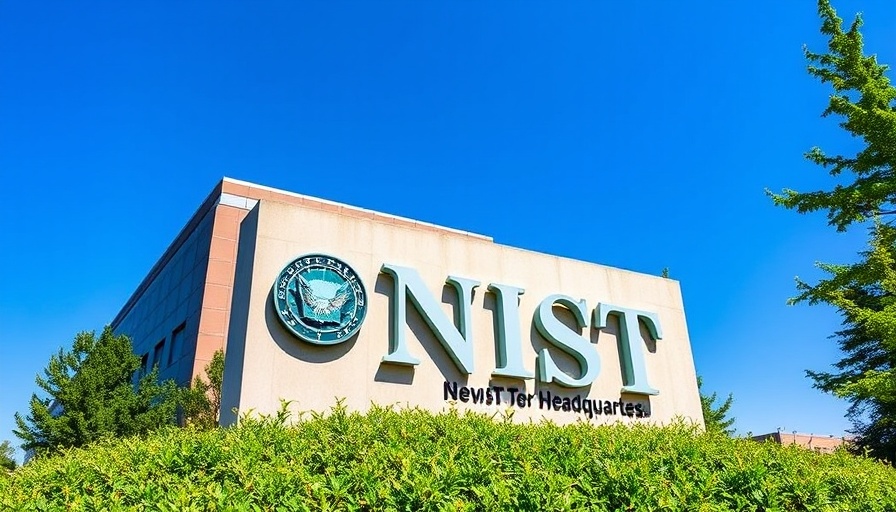
The Looming Layoffs at NIST: What You Need to Know
As the National Institute of Standards and Technology (NIST) braces for significant layoffs this week, around 500 employees stand to be impacted. This anticipated workforce reduction, largely driven by directives from the Trump administration and the Department of Government Efficiency (DOGE), underscores shifting priorities in federal governance, particularly in the realm of artificial intelligence (AI) safety and standardization.
NIST is a non-regulatory agency instrumental in establishing safety benchmarks across various technologies, from everyday beauty products to cutting-edge quantum computers. Given the complexities tied to AI development—perceived threats from global competitors, and the government’s internal restructuring—these layoffs signal a potential pivot away from emphasis on AI safety and reliability.
The Impact of Political Changes on Innovation
Political shifts can dramatically influence research priorities. When President Trump assumed office, one of his first actions was to rescind an executive order by former President Biden that established the AI Safety Institute (AISI). Created to foster safe AI systems, AISI's existence is now jeopardized as it consists largely of employees on probation—those likely to face termination due to the agency's impending budget constraints. This development raises alarms among tech leaders concerned about the safety and efficacy of AI implementations.
Why NIST's Role is Crucial for AI Governance
AI advancements carry inherent risks, ranging from biased algorithms to significant societal impacts. NIST, through AISI, has been pivotal in working with key players in the AI landscape—like OpenAI and Anthropic—to set safety standards aimed at mitigating risks. Eliminating roles within this institute could hinder the United States' ability to address critical concerns around AI deployment, effectively relinquishing regulatory authority at a time when it's needed most.
The Broader Implications of the Layoffs
Critics, including civil society groups and lawmakers from various backgrounds, signal that degrading NIST's capacity undermines not just AI safety, but the integrity of numerous sectors influenced by the agency’s research—from cybersecurity to infrastructure safety. With a budget less than .02% of federal expenditure, these cuts seem disproportionate and misguided, especially amidst rising competition with China in the AI space.
Looking Ahead: What Comes Next?
The immediate future appears uncertain for NIST and the industries it supports. As the agency grapples with staffing and funding reductions due to inefficiencies created under the current administration, the potential decay of foundational regulatory bodies may lead to increased economic and safety risks. Moreover, as AI technologies permeate more aspects of daily life and business operations, the need for robust, effective regulatory frameworks becomes paramount.
Conclusion: A Call for Action
The looming layoffs at NIST echo larger themes of how political maneuvers can disrupt essential services and roadmaps for innovation. Executives and stakeholders in technology and governance must advocate for the re-establishment of regulatory bodies that prioritize safety standards, ensuring that innovation aligns with public interest. Acting now to vocalize concerns could safeguard not just individual careers but broader national interests in an ever-evolving digital landscape.
 Add Row
Add Row  Add
Add 




Write A Comment